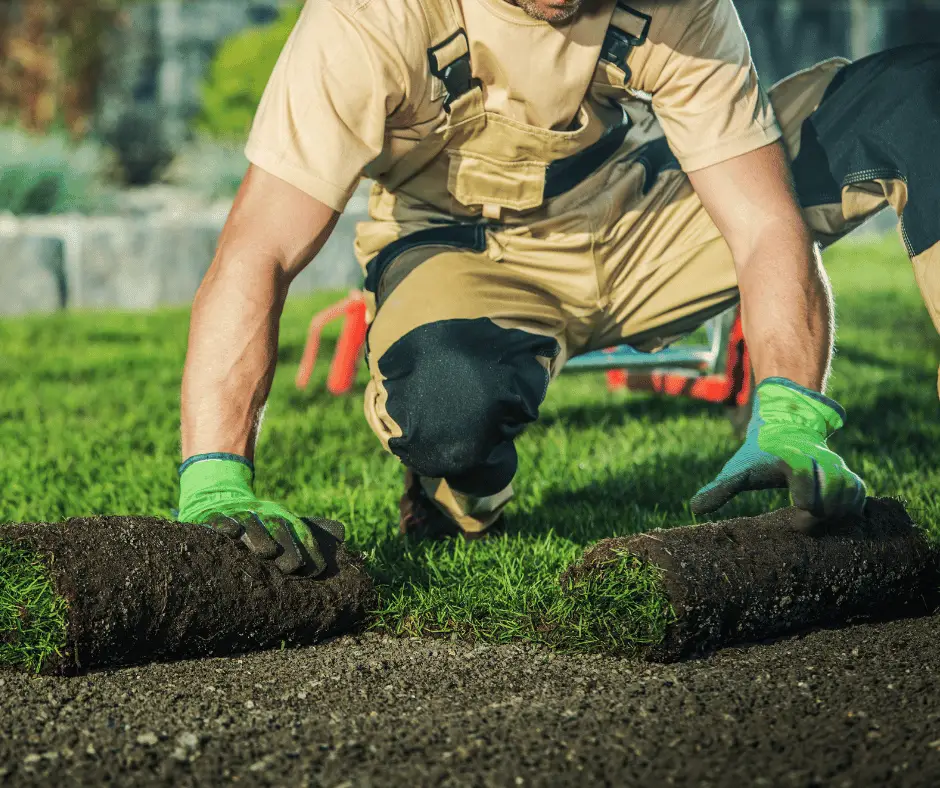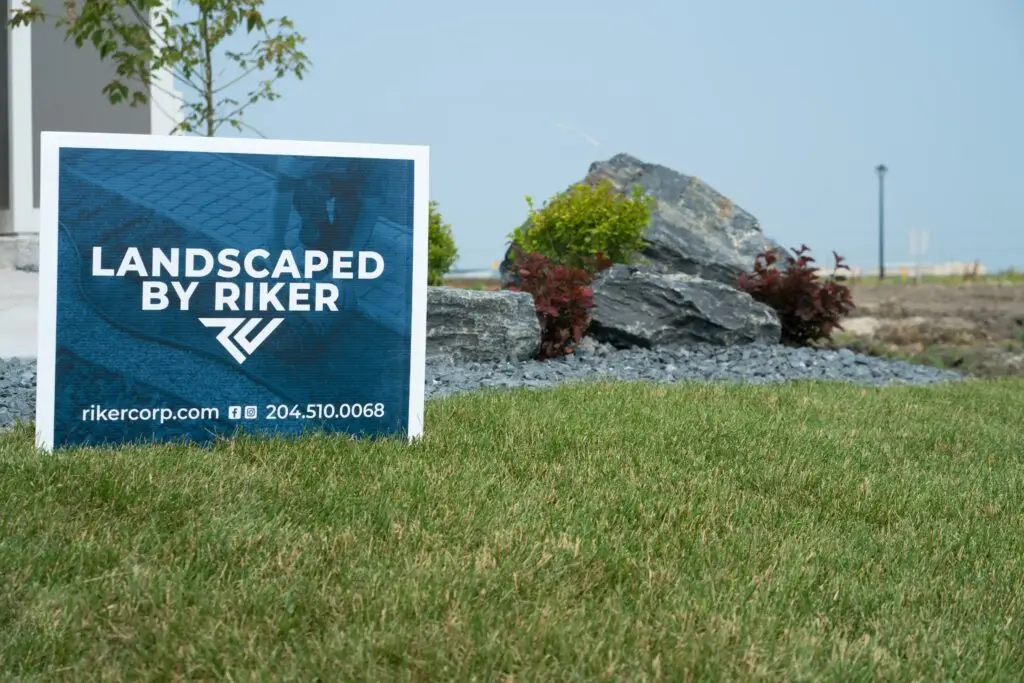How Hardscaping Can Solve Your Biggest Landscaping Challenges
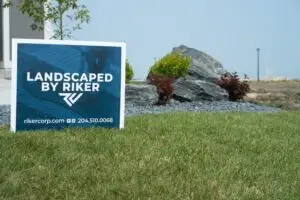
How Hardscaping Can Solve Your Biggest Landscaping Challenges Landscaping can transform your outdoor space, but it often comes with challenges like poor drainage, uneven terrain, or high maintenance. This is where hardscaping comes in. Hardscaping refers to the non-living elements of your landscape, such as patios, walkways, retaining walls, and more. By incorporating hardscaping into your design, you can address common landscaping problems while creating a functional and visually appealing yard. Here’s how.
1. Managing Water Drainage
One of the biggest challenges in landscaping is dealing with water runoff. Poor drainage can lead to soil erosion, flooding, or even damage to your home’s foundation. Hardscaping solutions like dry creek beds, French drains, or graded pathways can redirect water away from problem areas. Retaining walls can also help control water flow on sloped properties, preventing erosion and keeping your landscape intact.
2. Creating Usable Spaces
Uneven or sloped terrain can make it difficult to enjoy your outdoor space. Hardscaping elements like terraces, patios, or decking can level the ground and create functional areas for seating, dining, or entertaining. These features not only maximize your yard’s potential but also add value to your property.
3. Reducing Maintenance
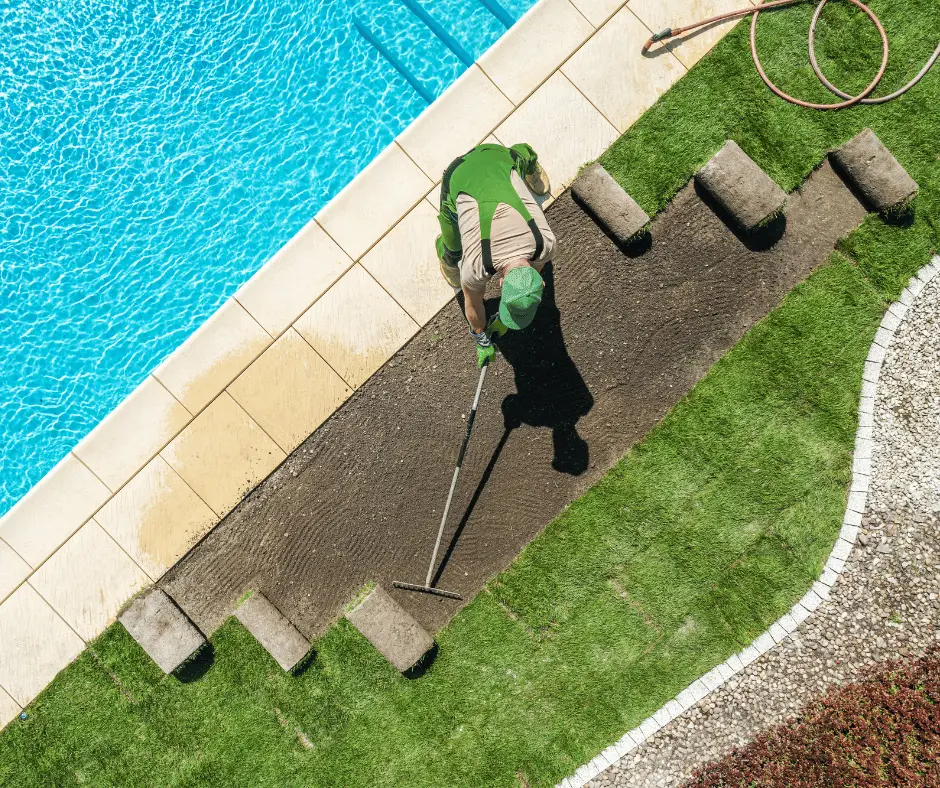
A lush, green lawn is undeniably beautiful—it brings a touch of nature to your space and is a joy to relax in. However, maintaining that perfection demands significant time, water, and ongoing care. That’s where hardscaping shines. By incorporating low-maintenance solutions like gravel, pavers, or concrete in place of grass, you eliminate the need for constant mowing, watering, and fertilizing. Further, using mulch or decorative stone around plants suppresses weeds, saving you hours of upkeep. Hardscaping lets you keep your outdoor space stunning—without the high maintenance.
4. Preventing Soil Erosion
Sloped yards are prone to soil erosion, which can wash away plants and nutrients. Retaining walls, stone steps, or terraced gardens can stabilize the soil and prevent erosion. These structures not only solve a practical problem but also add visual interest to your landscape.
5. Defining Spaces
Large, open yards can feel overwhelming or underutilized. Hardscaping elements like pathways, garden borders, or fences can divide your yard into distinct zones. For example, a stone pathway can lead to a cozy seating area, while a low wall can separate a vegetable garden from a flower bed. This creates a more organized and inviting outdoor space.
6. Enhancing Aesthetics
Hardscaping isn’t just functional—it’s also a great way to boost your yard’s visual appeal. Materials like natural stone, brick, or wood can add texture and contrast to your landscape. Features like fire pits, water fountains, or arbors can serve as focal points, making your yard more attractive and enjoyable.
7. Increasing Property Value
Well-designed hardscaping can significantly increase your home’s value. Features like a paved driveway, outdoor kitchen, or stone patio are highly desirable to potential buyers. They not only enhance curb appeal but also extend your living space, making your home more functional and appealing.
8. Solving Shade Challenges
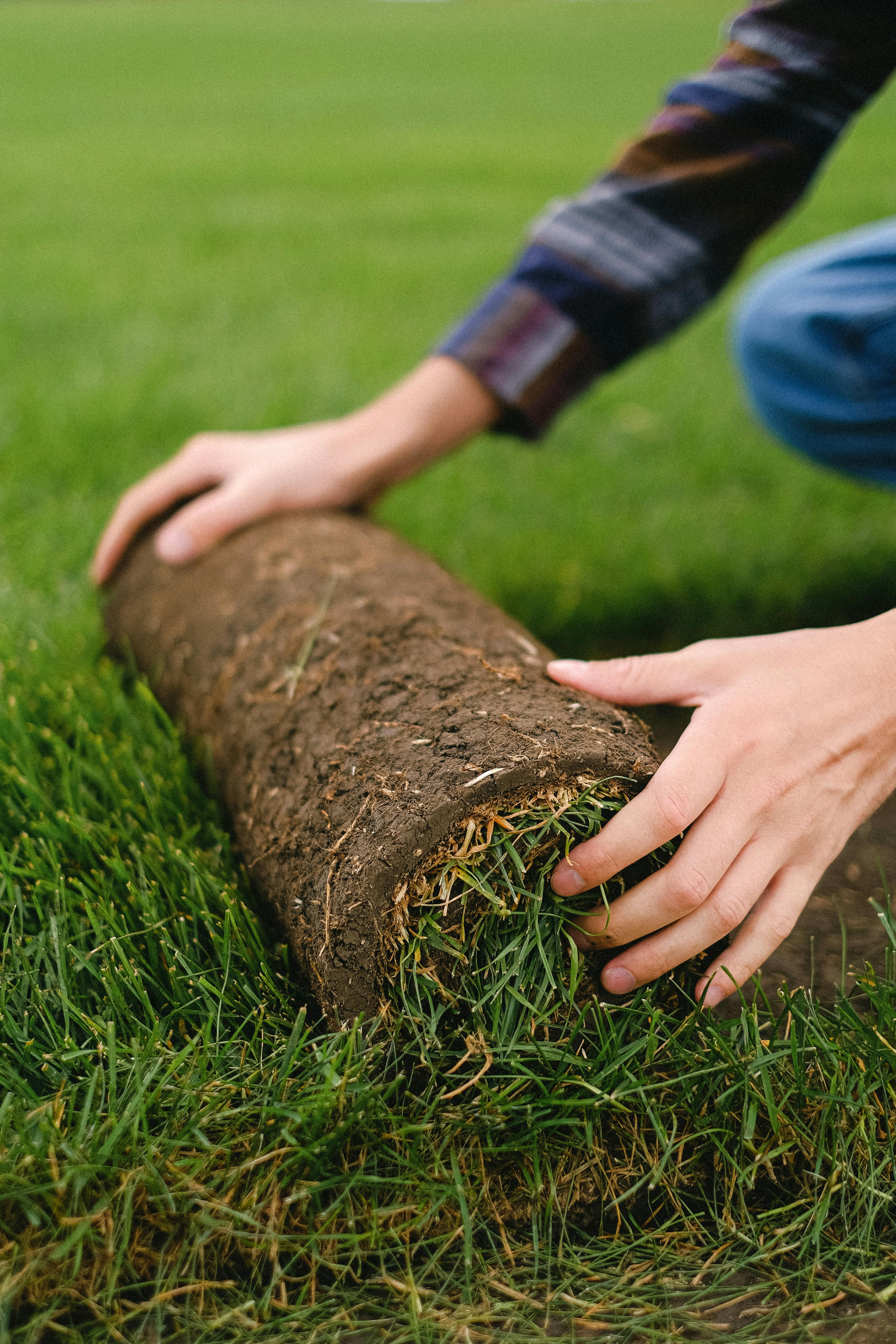
If your yard has areas with too much shade for grass or plants to thrive, hardscaping can provide a solution. A stone patio or gravel pathway can replace grass in these spots, creating a usable space without the need for sunlight. You can also add shade-loving plants in containers or raised beds to keep the area green.
9. Controlling Weeds
Weeds can quickly take over a garden, but hardscaping can help keep them at bay. Using mulch, gravel, or pavers around plants and pathways creates a barrier that prevents weeds from spreading. This reduces the need for chemical herbicides and keeps your yard looking neat.
10. Adding Year-Round Appeal
Unlike plants that may wilt or lose their leaves in winter, hardscaping features like stone walls, fountains, or lighting can enhance your yard’s beauty year-round. These elements ensure your outdoor space remains attractive even during the colder months.
Conclusion
Hardscaping is a powerful tool for solving common landscaping challenges while adding functionality and beauty to your yard. Whether you’re dealing with drainage issues, uneven terrain, or high maintenance, hardscaping offers practical and stylish solutions. By incorporating elements like patios, retaining walls, or pathways, you can create a landscape that’s both stunning and easy to maintain.
